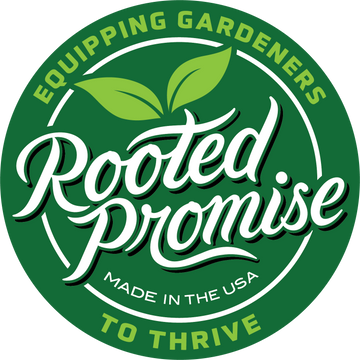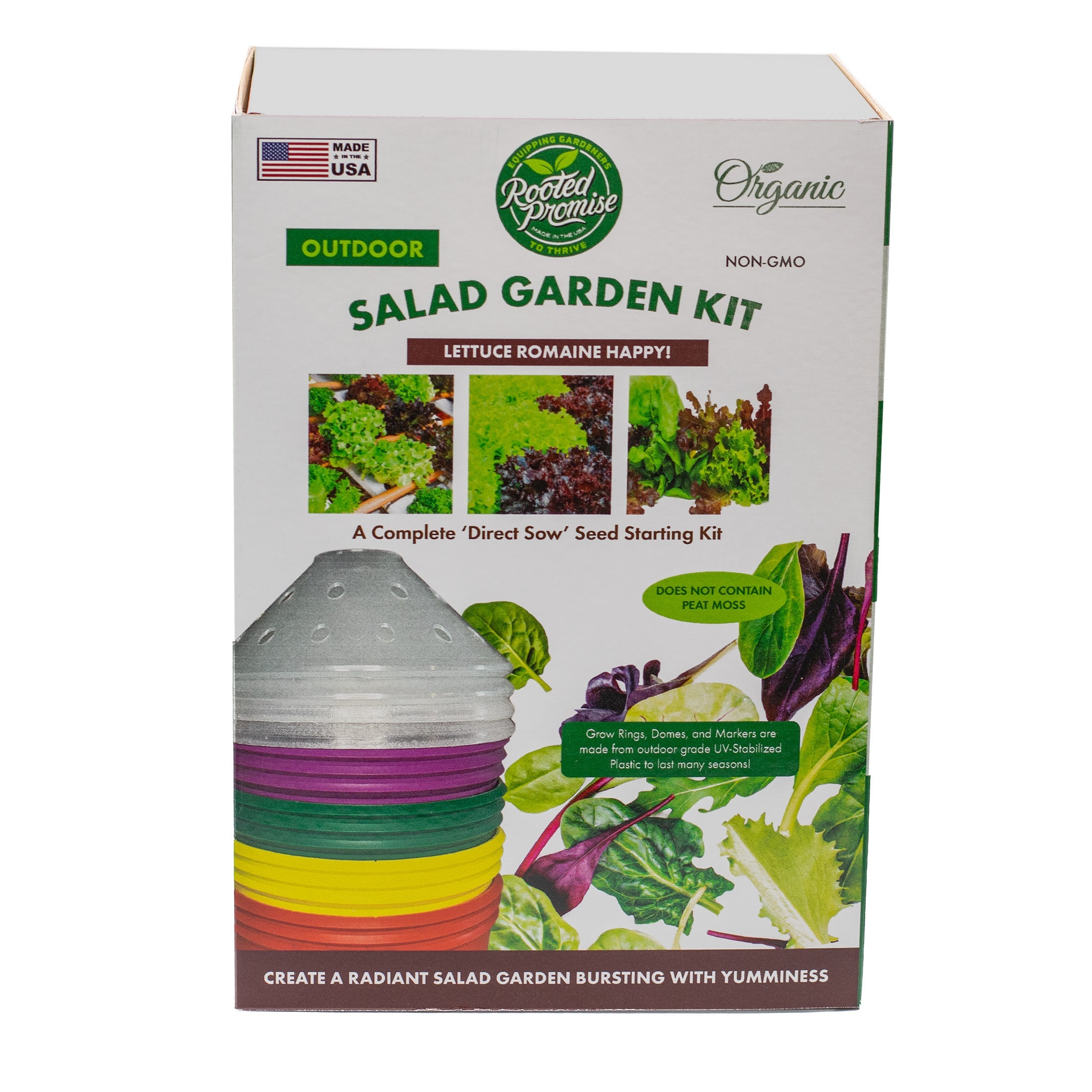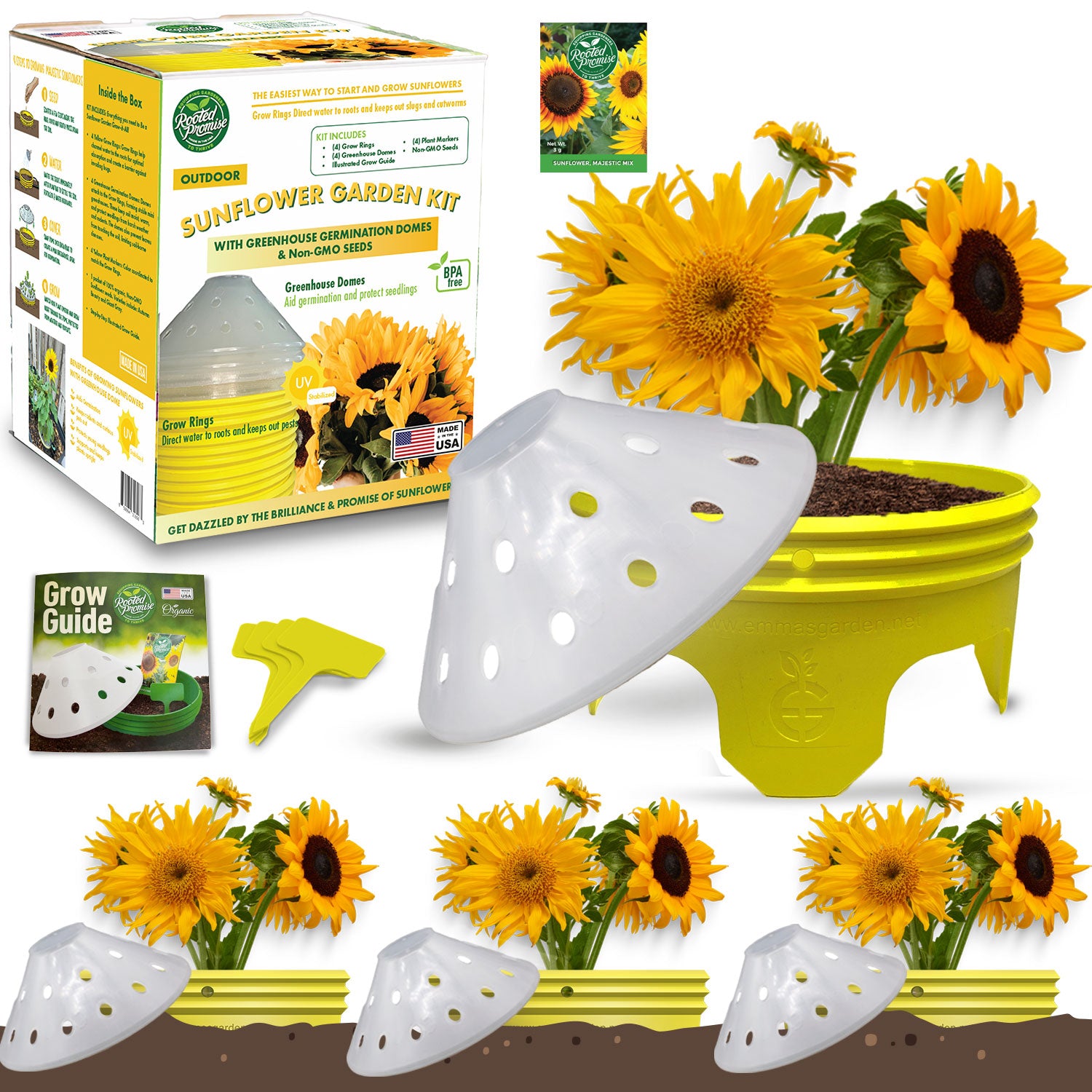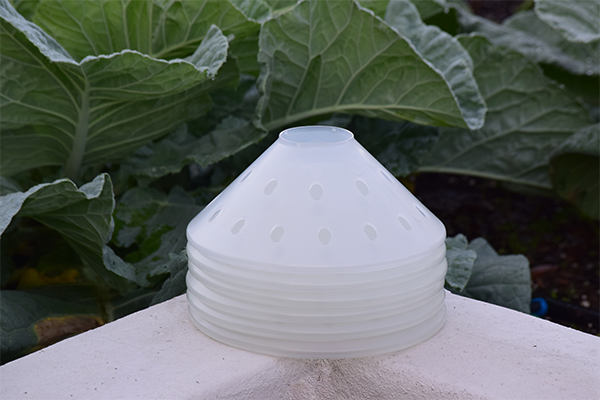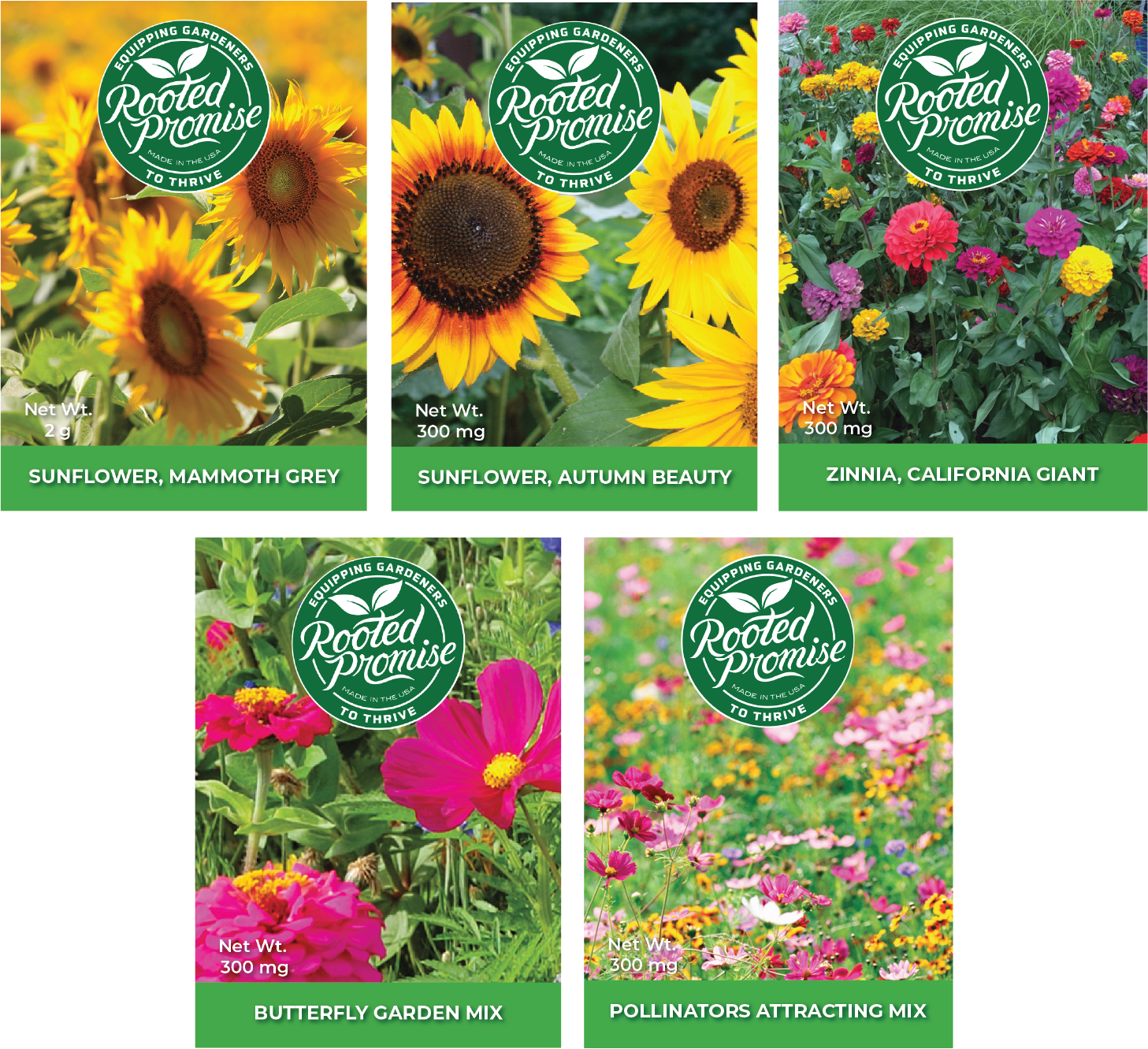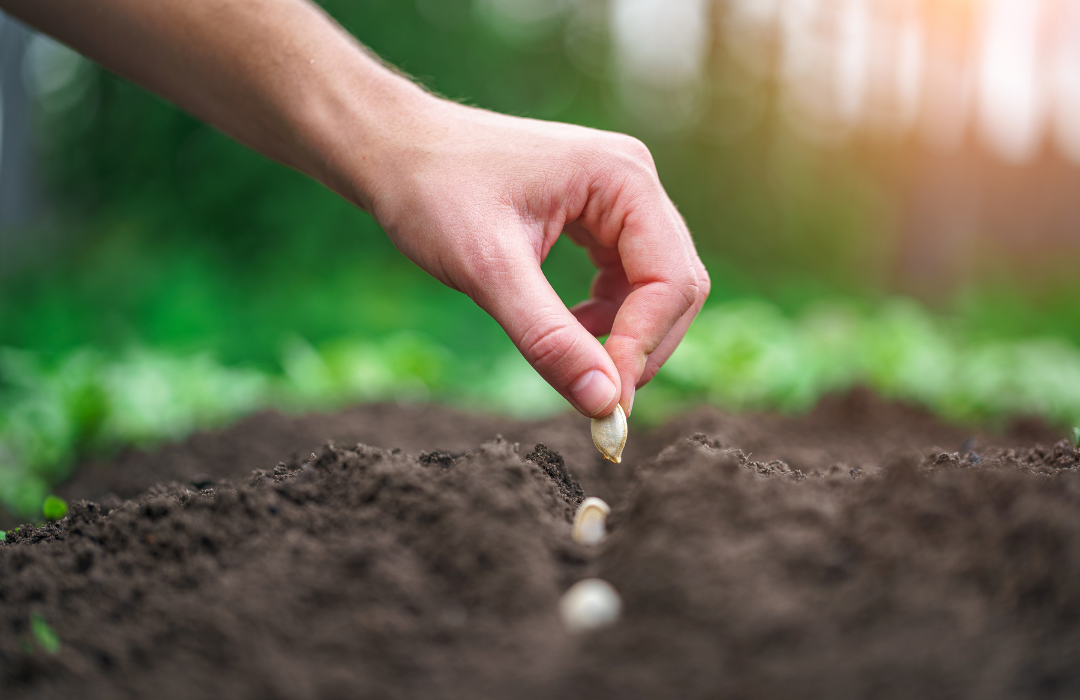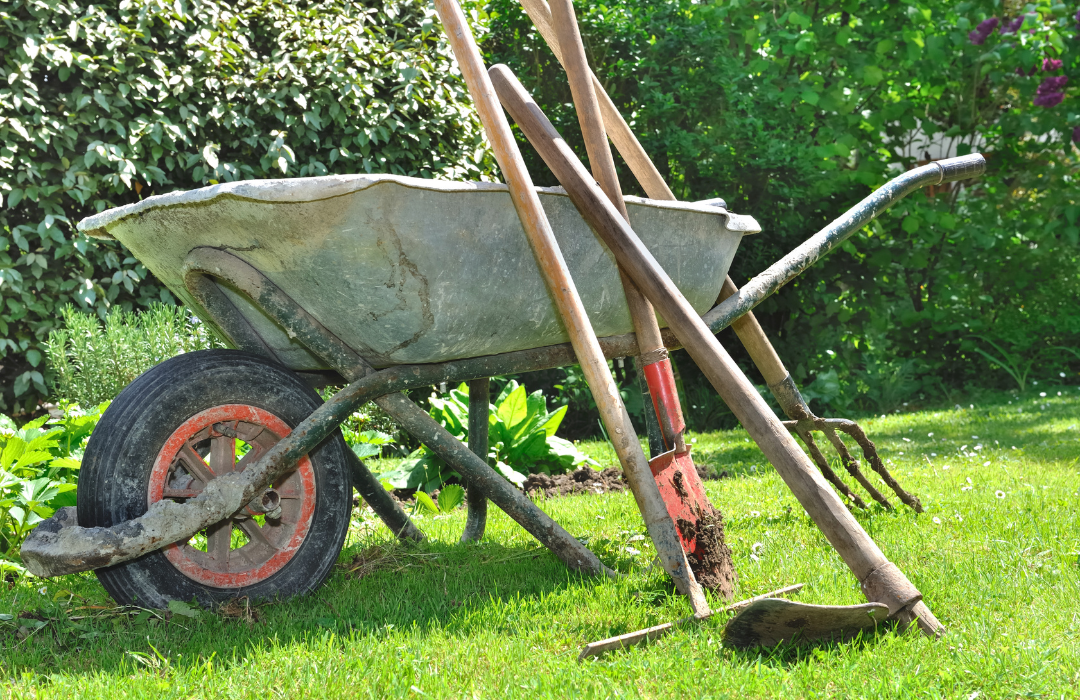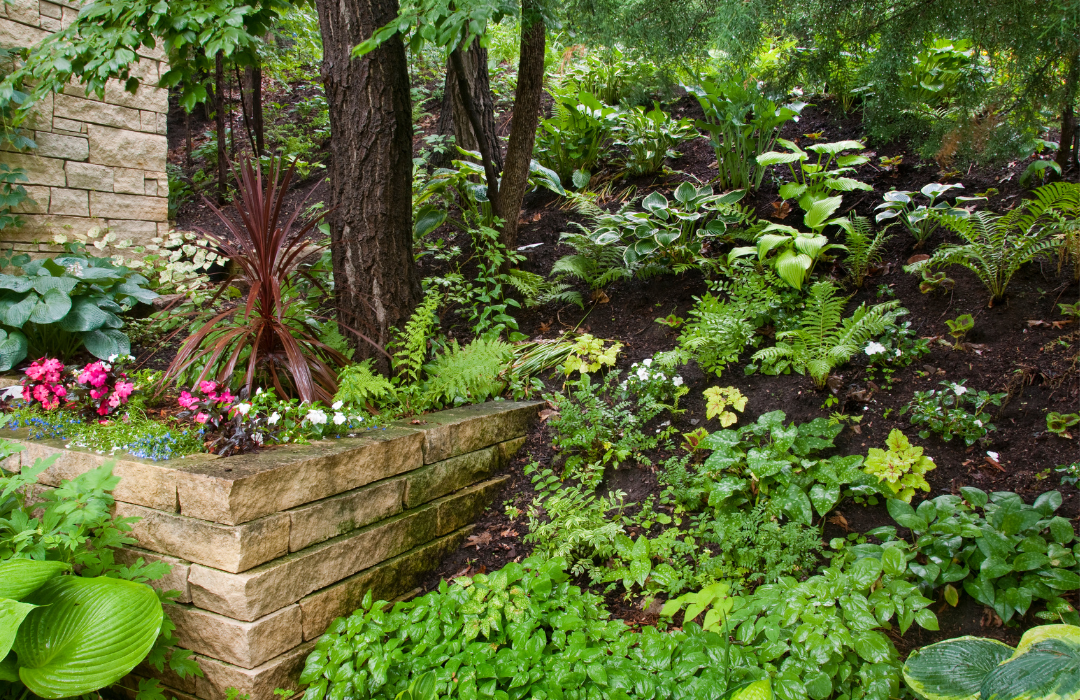Introduction
Have you ever thought about making jam using your homegrown fruit? Making homemade jam is more than just a culinary task; it's a journey back to simpler times when kitchens were filled with the aroma of bubbling fruits and the promise of preserved summer flavors. In this article, we’ll guide you through the process of making jam step by step, ensuring you can capture that magic in a jar.
Table of Contents
-
The Joy of Homemade Jam
-
Essential Ingredients and Tools
-
Step-by-Step Jam Making Process
-
Pro Tips for Perfect Jam
-
Storing and Enjoying Your Jam
-
FAQs about Jam Making
-
Conclusion: Savor the Fruits of Your Labor
The Joy of Homemade Jam
Why settle for store-bought when you can create your own? Homemade jam is not just a treat for the taste buds; it's an experience that connects us to nature's bounty. From picking the freshest fruits to witnessing the transformation into a rich, luscious spread, making jam is a labor of love that brings joy to both the maker and the consumer. Plus, it’s a fantastic way to preserve seasonal fruits and enjoy them all year round.
Essential Ingredients and Tools
Ingredients
-
Fresh Fruit: Choose ripe, high-quality fruits such as strawberries, blueberries, or peaches.
-
Sugar: Essential for sweetness and preservation.
-
Pectin: A natural thickening agent found in fruits (optional depending on fruit choice).
-
Lemon Juice: Adds acidity to help set the jam and enhance flavor.
Tools
-
Large Pot: For cooking the fruit mixture.
-
Mason Jars: Sterilized jars for storing your jam.
-
Ladle: For transferring the hot jam into jars.
-
Thermometer: To ensure the correct temperature for setting.
Step-by-Step Jam Making Process
1. Prepare Your Ingredients
Start by washing and cutting your fruit. If you're using berries, hull them. Hulling fruit refers to the process of removing the inedible parts of the fruit. This is most commonly done with strawberries, but it can apply to other fruits as well. For strawberries, hulling involves taking off the green leafy top and the white core beneath it. This can be done using a small paring knife or a specialized hulling tool. If you're using stone fruits, pit and chop them. Then, measure out your sugar, pectin (if using), and lemon juice.
2. Cook the Fruit Mixture
In a large pot, combine the fruit, lemon juice, and pectin. Bring the mixture to a boil over medium-high heat, stirring constantly. This is where the magic begins—watch as the fruit breaks down and releases its juices, filling your kitchen with an irresistible aroma.
3. Add Sugar
Once the fruit mixture has boiled, gradually add the sugar while continuing to stir. Return to a full rolling boil and let it cook for about one minute. This step ensures the sugar dissolves completely and helps achieve the perfect consistency.
4. Test for Doneness
To check if your jam is ready, use the plate test. Place a spoonful of hot jam on a chilled plate and let it sit for a minute. If it wrinkles when you push it with your finger, it’s done!
5. Jar Your Jam
Using a ladle, carefully transfer the hot jam into sterilized mason jars. Leave about 1/4 inch of space at the top. Wipe the rims clean, place the lids on, and screw on the bands until fingertip-tight.
6. Process the Jars
For long-term storage, process the jars in a boiling water bath for about 10 minutes. This step ensures your jam remains safe to eat for months. For detailed instructions on canning, refer to this comprehensive guide from the National Center for Home Food Preservation.
Pro Tips for Perfect Jam
-
Select Ripe Fruits: Overripe fruits may not set well, while underripe ones lack flavor.
-
Use a Candy Thermometer: Ensure your mixture reaches 220°F for proper setting.
-
Avoid Overcooking: Cooking too long can result in a hard or rubbery texture.
Storing and Enjoying Your Jam
Once your jam has cooled, store it in a cool, dark place. Unopened jars can last up to one year, while opened jars should be refrigerated and consumed within three weeks. Spread it on toast, stir it into yogurt, or use it as a topping for desserts—the possibilities are endless!
FAQs about Jam Making
Do I need pectin to make jam?
No, but it helps achieve a firmer set. Some fruits like apples and citrus naturally contain pectin.
Can I use frozen fruit?
Yes, frozen fruit works well. Thaw and drain excess liquid before using.
What if my jam is too runny?
You can recook it with additional pectin or simply enjoy it as a delicious fruit syrup!
Conclusion: Savor the Fruits of Your Labor
Making homemade jam is an art that rewards patience and precision with jars of pure joy. Every time you open a jar, you're not just tasting fruit—you’re savoring memories of warm kitchens and sunny orchards. So gather your ingredients, follow our guide, and embark on this delightful culinary adventure. Your breakfast table will never be the same again!
If you're interested in learning more about food preservation techniques or need further guidance, check out resources from the USDA.
Your journey to mastering homemade jam starts now—happy jamming!
Key Takeaways
-
Homemade jam offers superior flavor and freshness compared to store-bought options.
-
Proper tools and high-quality ingredients are essential for successful jam making.
-
The step-by-step process includes preparing ingredients, cooking the mixture, testing for doneness, and properly storing your jam.
-
Pro tips help ensure your jam sets perfectly without overcooking.
-
Canning and storing your jam correctly extends its shelf life and maintains safety.
